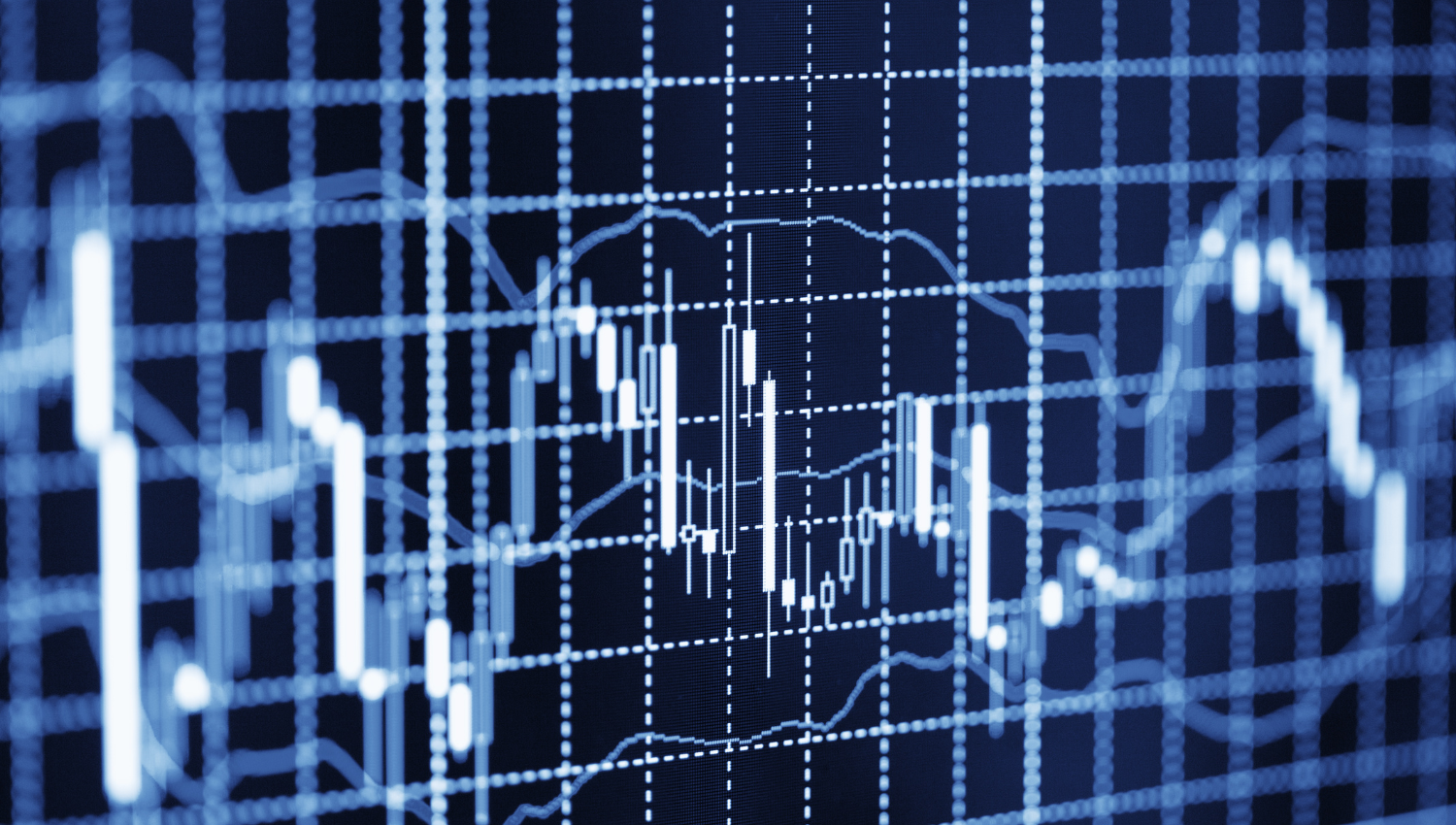Currency Market Regime Detection Strategies

Introduction
Market regime detection plays a crucial role in the world of currency trading, where swift and informed decisions are the keys to success. The foreign exchange (Forex) market is known for its dynamic and ever-changing nature, with currencies fluctuating in response to a multitude of factors, including economic data, geopolitical events, and investor sentiment. To thrive in this environment, traders and investors must employ robust techniques for market regime detection. In this article, we will explore the importance of market regime detection in currency trading and examine various methods and tools to navigate Forex volatility effectively.
Understanding Market Regimes
Market regimes refer to distinct phases or states that financial markets go through over time. Each regime is characterized by unique market conditions, such as volatility levels, trend direction, and the impact of different factors on asset prices. In the context of currency trading, understanding and identifying market regimes are essential for making informed trading decisions. Three primary market regimes commonly observed in the Forex market are:
- Trending Markets: In a trending market regime, currency pairs exhibit a clear and sustained directional movement. Trends can be upward (bullish) or downward (bearish), and they often occur due to strong economic fundamentals or significant events. Detecting trending markets allows traders to capitalize on price momentum and ride the trend for potential profits.
- Ranging Markets: Ranging, or sideways, markets are characterized by price movements that lack a clear trend. Currency pairs trade within a defined range, with upper and lower boundaries acting as resistance and support levels, respectively. In such regimes, traders may employ range-bound strategies, looking to buy near support and sell near resistance.
- Volatile Markets: Volatility can significantly impact currency markets. Sudden price spikes, sharp reversals, and increased uncertainty are hallmarks of volatile market regimes. This volatility may result from unexpected news events, economic data releases, or geopolitical developments. Recognizing volatile market conditions is crucial for risk management and avoiding substantial losses.
Importance of Market Regime Detection
Accurate market regime detection provides several advantages to currency traders:
- Risk Management: Identifying the current market regime helps traders adjust their risk exposure accordingly. In volatile markets, for example, traders may reduce position sizes or tighten stop-loss orders to mitigate potential losses. In contrast, during trending markets, they may allocate more capital to capitalize on strong trends.
- Strategy Selection: Different trading strategies are more effective in specific market regimes. Traders can tailor their approaches to match prevailing conditions. Trend-following strategies, such as moving averages and breakout trading, work well in trending markets, while mean-reversion strategies are suitable for ranging markets.
- Trade Timing: Market regime detection aids in determining the best entry and exit points for trades. Traders can wait for confirmation that the market has entered a particular regime before executing trades, improving the likelihood of success.
Methods for Market Regime Detection
Several methods and tools can assist currency traders in detecting market regimes effectively:
- Technical Analysis: Technical indicators, such as moving averages, Bollinger Bands, and Relative Strength Index (RSI), can provide valuable insights into market regimes. For instance, an increasing slope of a moving average might signal the start of a trend, while RSI readings above 70 could indicate overbought conditions in a trending market.
- Volatility Measures: Volatility indicators like the Average True Range (ATR) or the Bollinger Bands' width can help identify periods of increased volatility. A sharp rise in ATR values suggests heightened market turbulence, while a narrowing Bollinger Bands width indicates potential low volatility and a ranging market.
- Economic Calendar: Economic events and data releases play a significant role in Forex market regime changes. Traders can track economic calendars to anticipate market reactions to critical announcements, such as interest rate decisions, GDP reports, or employment data.
- Sentiment Analysis: Monitoring market sentiment through tools like sentiment indices or social media sentiment analysis can provide insights into how traders and investors perceive current market conditions. Extreme bullish or bearish sentiment can signal potential reversals.
- Machine Learning and AI: Advanced machine learning and artificial intelligence algorithms can analyze historical price data, news sentiment, and macroeconomic factors to detect market regimes automatically. These models can adapt to changing market conditions and improve regime detection accuracy over time.
- Regime-Specific Models: Some traders use regime-specific trading models designed to perform optimally in specific market conditions. These models switch between different strategies based on the detected regime, enhancing adaptability and performance.
Conclusion
Market regime detection is a fundamental aspect of successful currency trading. Understanding the different market regimes—trending, ranging, and volatile—empowers traders to make informed decisions, manage risk effectively, and select appropriate trading strategies. By utilizing a combination of technical analysis, volatility measures, economic calendars, sentiment analysis, and advanced tools like machine learning algorithms, currency traders can navigate the ever-changing Forex landscape with confidence. Continuous monitoring and adaptation to market regimes will enable traders to stay ahead of the curve and increase their chances of achieving consistent profitability in the dynamic world of currency trading.

